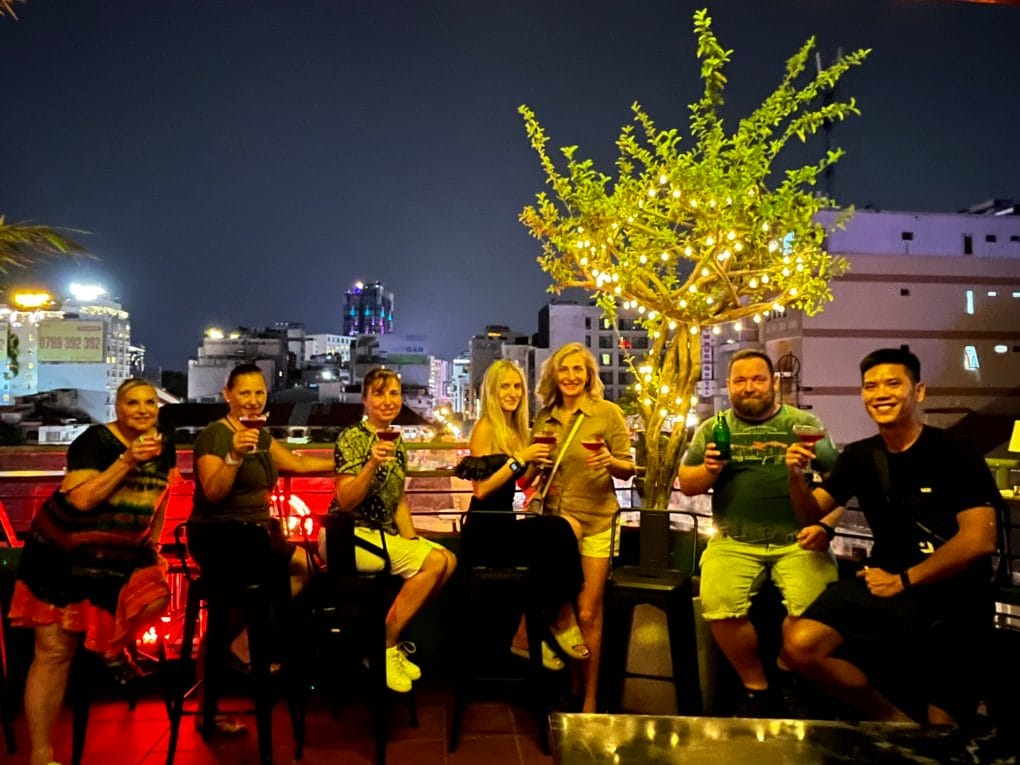THAILAND TRADITIONAL DANCE
Thai traditional dance is one of the truly graceful aspects of the country and is quite symbolic of the Thai character itself. To describe Thai Classical Dance, in words, can never do justice to the art-form. To view a performance, especially if many dancers are involved, reminds me of a field of sunflowers, or wheat, swaying in unison at the whim of an evening breeze. Or perhaps the soaring of seabirds as they ride the thermals – at one with the wind. Thai Dancing is a pageant of poetry in motion.
Stemming from the Royal Courts of Old Siam (not necessarily within the geographic boundaries of present-day Thailand) the influence of which extended as far East as the Khmer capital of Angkor, Classical Dancers entertained and soothed their local royalty as well performing before visiting royals and nobility.
The dance troupes and schools were part of every Royal Court and as a Royal Court moved in progress, so did the dance performers – assimilating new movements, choreography and costume styles. The essential essence of these traditional dance interpretations and movements have remained strong and are taught in every Thai Classical Dance School today.
Local students of dance may be taught at Chiangmai’s Academy of Dramatic Arts (within the National Theatre Complex) near Suriwong Road. At the entrance to the Academy is a large representation of Lord Ganesh, the Elephant God, who is patron of all artistic endeavour. The statue of Lord Ganesh is invariably heavily garlanded by student devotees as they strive for artistic betterment.
Thai dance, correctly known as “Fawn Thai” has many variations, drawn from its cultural past, but is usually presented by four to six pairs of dancers. For Grand or State occasions, there may be hundreds of dancers involved. Costumes are richly spectacular in splendor and style with regional differences which, again, echo the sources from past Royal Courts.
“Fawn Thai”, as you may see performed at a khantoke dinner, or perhaps at a special civic ceremony, will usually fall within the following five classic styles: Fawn Leb (the Fingernails Dance), Fawn Marn Gumm Ber (the Butterfly Dance), Fawn Marn Mong Kol (the Happy Dance), Fawn Tian (the Candle Dance) or Fawn Ngiew (the Scarf Dance).
Fawn Leb – Fingernail Dance – is usually presented by five pairs of female dancers. Each dancer will be wearing finger stalls of beaten and polished brass; these “fingernails” are about 15 cms (6 ins) long and give a wonderfully graceful extension to already supple fingers. They are also designed to accentuate the fluid hand movements of Classical Dance.
Another wonderful dance to see is the Fawn Tian – the Candle Dance. Always performed at nighttime to lend emphasis to the flickering candles, the performers consist of four pairs who present 4 by 4 in an inverted “V” formation. Each female dancer will hold a lighted candle, between forefinger and thumb, and move in swaying formation to the musical accompaniment. Like wisping smoke, the movements are gentle and slow with a progression of short steps and stately swaying of the shoulders and upper body.
One of the classic roles for male dancers is that of the admirable and mischievous Hanuman. Hanuman is the Monkey General who comes to the aid of Phra Ram (hero of the epic, Thai tale “Ramakein”). The male dancer, portraying Hanuman, will be heavily and ornately masked and garbed in an exquisitely brocaded costume. He will glitter and sparkle as he goes through his movements leaps and sommersaults which are traditionally more vigorous, staccato and energetic than his female counterpart. It is a display of total grace sustained by self-discipline and controlled energy.
Accompanying each Thai Classical Dance is a traditional orchestra ranging from five to seven instrumentalists. In order not to detract from the shimmering costumes of the dancers, the musicians are simply clad in “country style” of the province and always sit, either to the rear or side of the dancers, in the lotus position. The lead instrument is the “Ranad” (a wide, low, xylophone-like instrument) and this player will take central position with other musicians gathered around.
If you haven’t yet seen a Thai Classical Dance performance, it is well worth the effort of doing so. It’s a beautifully relaxing, almost hypnotic, way to enjoy an evening and it is highly recommended.
To see these beautifully costumed ladies and men patiently miming the ancient stories, which were originally developed and performed as entertainment for the royal court, is a treat that makes even modern audiences feel privileged.
The form is very strict, employing 108 basic movements and keeping the body upright from the neck to the hips, moving up and down using only the knees, and stretching to the rhythm of the music. A great deal of symbolism and importance is displayed in complex and beautifully executed finger and hand movements. Sometimes six-inch, specially designed, finger nails add to the effect and complement the splendour of the spectacularly ornate costumes. All of it combines to produce a hypnotic and memorable experience of Thailand.






